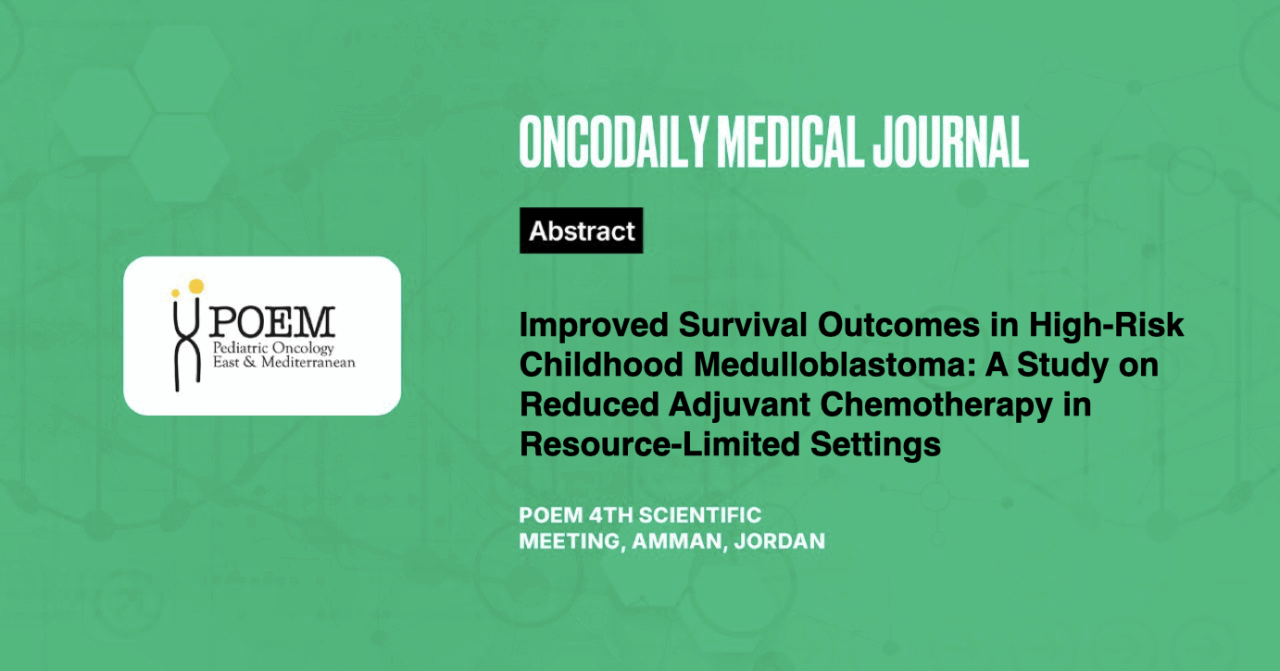Improved Survival Outcomes in High-Risk Childhood Medulloblastoma: A Study on Reduced Adjuvant Chemotherapy in Resource-Limited Settings
Abstract
Introduction: Outcomes of medulloblastoma therapy in developing countries remain suboptimal due to delayed diagnosis, high surgical mortality rates, and intolerance to adjuvant treatments. In our unit, we observed a concerning mortality rate linked to chemotherapy-related toxicities among high-risk patients. To address these issues, we revised our treatment protocol to minimize side effects and improve survival rates.
Methodology: We conducted a retrospective review of survival rates for children diagnosed with medulloblastoma between 2018 and 2021 at the BASMA Pediatric Oncology Unit in Damascus, Syria. High-risk (HR) disease was classified by residual disease greater than 1.5 cm and the presence of CSF, brain, or spinal metastasis, while intermediate-risk (IR) disease lacked these factors. All patients received CSI at 36 Gy, with a posterior fossa boost up to 54 Gy. Patients with IR disease (group 1) underwent 8 cycles of adjuvant chemotherapy with cisplatin, CCNU, and vincristine. HR patients diagnosed in 2018 and 2019 (group 2) received intensive chemotherapy with cyclophosphamide and vincristine. In 2020 and 2021, HR patients (group 3) were treated similarly to IR patients.
Results: A total of 31 patients were included, with a median age of 8.5 years (range: 3–17). After a median follow-up of 40 months, the 4-year overall survival (OS) and event-free survival (EFS) rates for all patients were 72.4% (95% CI: 49.4-86.2) and 57.4% (95% CI: 35.2-74.4), respectively. Four patients who died within two weeks of surgery were excluded from further analyses. For group 1 (n=9), both the 4-year OS and EFS rates were 100%. In groups 2 (n=7) and 3 (n=11), the 4-year OS rates were 57% and 100% (P: 0.02), while the EFS rates were 42.9% and 68.2% (P: 0.43). Chemotherapy-related toxicity was the primary cause of mortality in group 2.
Conclusions: Reducing the intensity of adjuvant chemotherapy for high-risk medulloblastoma significantly improved survival without compromising disease control. Further prospective studies are needed to validate these findings.





